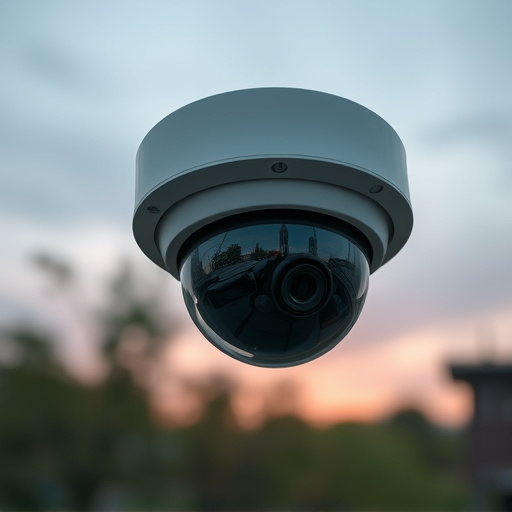Indoor Fake Dome Bullet cameras revolutionize security with high-res video, motion detection, and night vision, offering detailed images unaffected by weather. Unlike outdoor systems, they are versatile, compact, and adjustable, ideal for homes and businesses. For successful implementation, select the right camera types, ensure robust internet connectivity, and strategically place cameras while preserving privacy. Understanding Indoor Fake Dome Bullet Differences enables setting up realistic mock surveillance systems for training scenarios.
“Uncover the power of indoor surveillance with our comprehensive guide on installing a mock system. Explore the Indoor Fake Dome Bullet Cameras—a popular choice known for its differences and benefits in home security. This article delves into the process, from understanding the advantages and requirements to selecting the right cameras and following detailed installation steps. By the end, you’ll be equipped to enhance your space’s security and peace of mind.”
- Understanding Indoor Surveillance: Benefits and Requirements
- Exploring Fake Dome Bullet Cameras: Types and Features
- Installation Steps for a Successful Mock Surveillance System
Understanding Indoor Surveillance: Benefits and Requirements
Surveillance systems have evolved far beyond their outdoor counterparts, with indoor setups offering a range of benefits for homes and businesses alike. Understanding the intricacies of indoor surveillance is key to effective security measures. One of the most common types of indoor cameras is the Fake Dome Bullet camera, known for its discreet design that blends seamlessly into various environments. These cameras provide high-resolution video footage, motion detection, and night vision capabilities, making them versatile and powerful tools for monitoring internal spaces.
The benefits of an indoor surveillance system are numerous. It allows constant observation, enabling quick response times to potential issues. Unlike outdoor systems, indoor cameras can capture detailed images without the interference of weather conditions. Requirements for successful implementation include selecting the right camera types (like Fake Dome Bullets) suited for specific needs, ensuring adequate internet connectivity for real-time monitoring, and proper placement strategies to maximize coverage while maintaining privacy.
Exploring Fake Dome Bullet Cameras: Types and Features
When it comes to simulating a surveillance system, one common component is the indoor fake dome bullet camera. These cameras are designed to mimic real security equipment, providing an effective visual deterrent without the actual need for extensive wiring and complex installation. The indoor fake dome bullet differs from its outdoor counterpart in several key aspects. First, these cameras are typically smaller and more compact, making them ideal for interior spaces where space is limited. They often feature adjustable angles and a 360-degree rotation, allowing for comprehensive coverage of any room.
In terms of features, indoor fake dome bullet cameras may include advanced technology such as night vision capabilities through infrared LEDs, ensuring clear footage even in low-light conditions. Some models also offer motion detection alerts, helping to capture potential security breaches promptly. The variety in types includes different levels of simulation—from highly realistic replicas to more playful designs, catering to diverse needs and preferences for both professional security setups and hobbyist mock surveillance projects.
Installation Steps for a Successful Mock Surveillance System
Setting up a mock surveillance system involves careful consideration and specific steps to ensure optimal performance and realism. When choosing components, understanding the Indoor Fake Dome Bullet differences is crucial for aligning technology with your simulation’s needs. These indoor cameras mimic real bullet cameras with their design and functionality but are designed for practice scenarios and training.
During installation, mount these fake dome cameras strategically, just as you would actual surveillance equipment. Position them at various heights and angles to create a comprehensive view of the area being monitored. Ensure proper wiring and connection to a control center or monitoring station. Regular calibration and testing will guarantee accurate performance, enhancing the realism of your mock surveillance environment.
A mock surveillance system, utilizing indoor fake dome bullet cameras, offers a practical way to assess security needs. By understanding the benefits and requirements of indoor surveillance and exploring the various types available, you can effectively install a successful mock system. These steps highlight the key differences between indoor fake dome bullet cameras, ensuring a comprehensive setup that enhances security while providing peace of mind.
